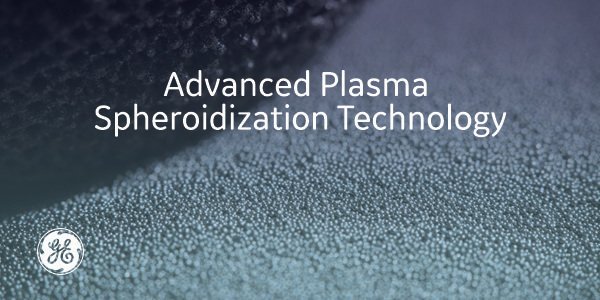The National Research Council of Canada (NRC) and GE Additive spherical powder specialist AP&C have developed a method for anaylzing metal additive powders.
Currently validated for use titanium the method is capable of detecting particle contamination, and assessing the properties of a material to avoid potentially critical faults in 3D printed parts for medicine and aerospace.

Addressing powder recycling
The appropriate storage, qualification and management of materials is a critical part of any undertaking in additive manufacturing, especially with particulate powders.
Highlighting some of the challenges with material handling Frederic Larouche, Executive Vice President and CTO of AP&C, explains, “The competiveness of 3D printing relies heavily on the capability of machine users to recycle their powders; however, the industry is concerned that foreign particles will be introduced in the feedstock as the powder is recycled.” Here, Larouche makes reference to the so-called “Devil Particle,” tungsten. With the highest melting point of all known elements, even the smallest trace of tungsten, garnered from nozzles made from the metal, or even the tips of ballpoint pens, can cause potential problems in the 3D printing process.
As industry collectives work to establish sufficient standards to help protect powders from such concerns, companies are developing innovative technologies to help manufacturers in their material analysis.
A finer point on materials analysis
The NRC and AP&C have developed a method of materials analysis using x-ray micro-computed tomography (micro-CT).
Larouche says, “The method we are developing could help confirm that the feedstock maintains the utmost cleanliness during processing.”
According to the research collective, this micro-CT method improves upon the sensitivity and distinction of current chemical analysis techniques. Together the parties plan to expand the abilities of the method to analyse other metals and materials, including nickel alloys.
Larouche adds, “Leveraging our complementary research and development competencies should help speed the development of 3D printing technologies.”
From strength to strength
Late 2017, AP&C expanded its metal powder production capacity with a new $31 million facility in St. Eustache, Quebec.
At 2018’s Farnborough Airshow, the company recently became the preferred supplier of TiAl powder for GE Aviation, and subsequently bolstered its titanium and nickel alloy powder production with the relocation of Avio Aero’s gas atomization facility.
According to Louis-Philippe Lefebvre, Powder Forming Team Lead at the NRC’s Medical Devices Research Centre, “As a leader with over 30 years of experience in powder metallurgy and additive manufacturing, the National Research Council is pleased to have joined forces with AP&C to improve the reliability of the manufacturing process and metal powder behavior.”
For all the latest materials, software and hardware releases subscribe to the 3D Printing Industry newsletter, like us on Facebook and follow us on Twitter. For new, professional opportunities in the industry, search 3D Printing Jobs.
Featured image shows application of powder analysis technology developed by NRC and AP&C. Photo via NRC/CNRC


